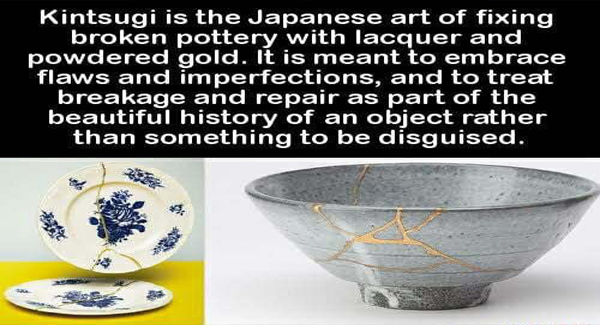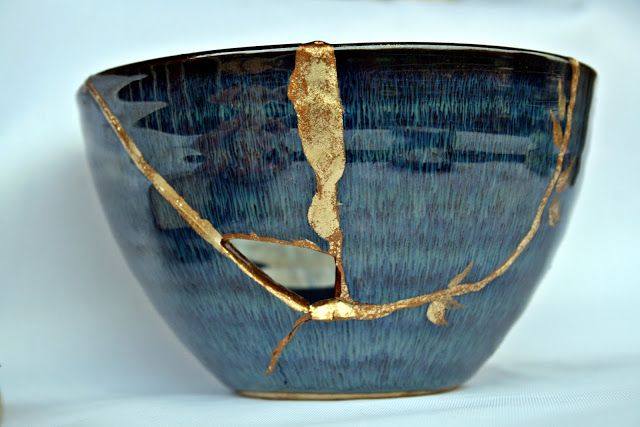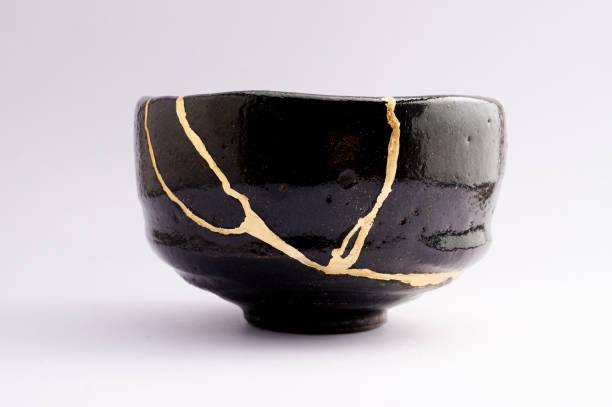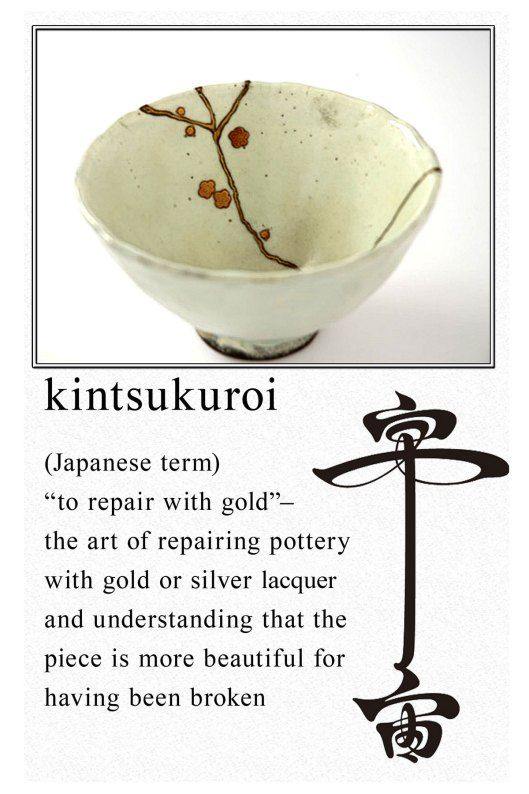In a society where flaws are often considered a negative, it is a rarity to see them celebrated — or even accentuated. When something breaks or becomes worn out, we either choose to pay to have the item fixed or deem it a lost cause destined for the rubbish bin.
But in the case of the Japanese art of kintsugi, when ceramic items break or get old, the flaws and cracks are treated as a badge of honor.
Dating back to 15th-century Japan, The Kintsugi or the also known “repair with gold”, is an ancient Japanese technique that consists of repairing broken ceramics by joining adhered pieces with an adjacent one similar to resin, sprinkled with gold powders to give a unique appearance to the ceramics. broken objects, giving them a new life and giving beauty to what was thought useless. Its origins date back to the end of the 15th century and the beginning of the 16th century.
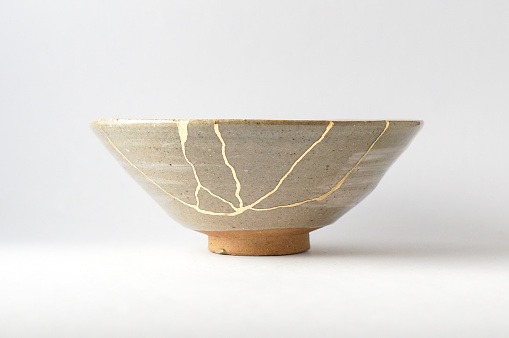
According to his story of him, the shogun (emperor) Ashikaga Yoshimasa sent a beautiful bowl to China for repairs that was to be used for a tea ceremony. Not content with the crude result, he went looking for Japanese craftsmen who would do a better job. As a consequence, they discovered this new form of ceramic repair that ended up becoming an art. It is curious that some people began to break their ceramic pieces consciously, since they considered that this complex technique gave them an even more beautiful appearance.
In this way, older parts that had been repaired were given more value than those that were never broken.

